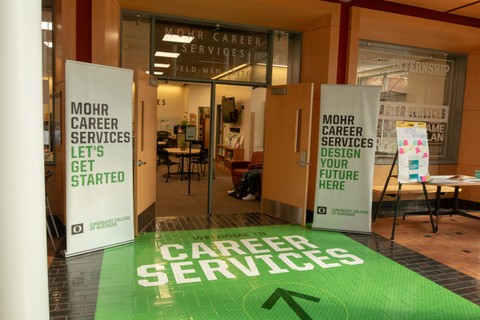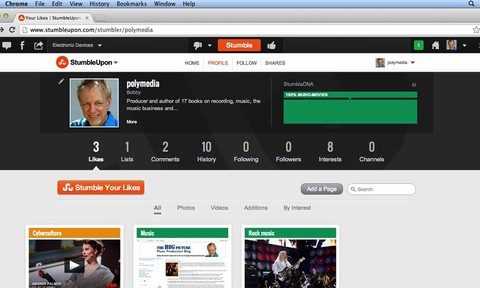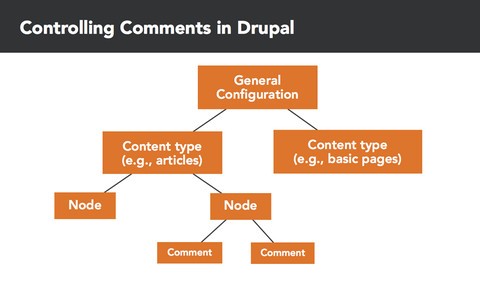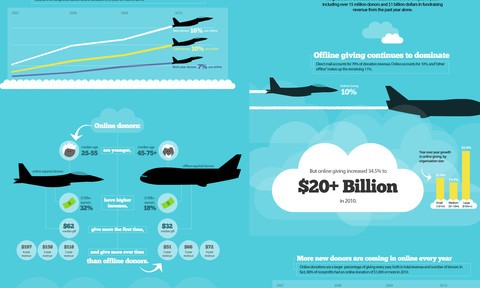Meet Benny Johnston, ‘20
As a current junior at the Lundquist College of Business, I have heard many times that networking and outreach are some of the most important steps to success in the business world. Recently, I interviewed UO …
This guide is a starting point for exploring Marketing careers and developing the skills commonly needed for roles within the field.

Meet Benny Johnston, ‘20
As a current junior at the Lundquist College of Business, I have heard many times that networking and outreach are some of the most important steps to success in the business world. Recently, I interviewed UO …

Mohr Career Services would like to welcome you to Winter 2024 at the Lundquist College of Business! As you prepare for a great quarter of study, work, and play, we have some “don’t miss” events coming up – make sure you …

Networking and hard work are essential to landing a role in this competitive field
As a Mohr Career Services Peer Educator, I had the opportunity to moderate an entertainment industry panel discussion for Industry Bite: The Business of Film, Television, …

Winter Term is Here—Time to Rev Up Your Internship and Job Search!
We see it every winter. Students return from Winter Break full of resolve, ready to jump in and find an opportunity. Great! It’s time to get proactive and …

Love it or hate it, you probably know that networking is an important part of your career journey
If you’ve been hesitant to start networking, consider LinkedIn. If you don’t have a LinkedIn profile yet, now is the time to …
Informational Interviews
Conduct informational interviews with UO alumni and other professionals in marketing.
Join Clubs or Professional Organizations
Marketing professionals are needed in a variety of companies and industries. Use this list as a starting point to explore …
Although you will develop many skills inside the classroom, getting involved and gaining experience will allow you to test them …
If you are a UO business student, please review the information below. If you are not a business student, please …
Connect with alumni in your industry via the Lundquist Connect community.





















Explore occupations by career categories and pathways and use real time labor market data to power your decision making.
First, choose an industry of interest, then filter for occupation. (If you'd like to see data for a specific location only, filter by state.)
Type in a keyword to select a relevant occupation. (If you'd like to see data for a specific location only, filter by state.)
Mohr Career Services
155 Lillis
Lundquist College of Business
1208 University of Oregon
Eugene, OR 97403-1208
| M Monday | 9am - 5pm |
|---|---|
| T Tuesday | 9am - 5pm |
| W Wednesday | 9am - 5pm |
| TH Thursday | 9am - 5pm |
| F Friday | 9am - 5pm |

